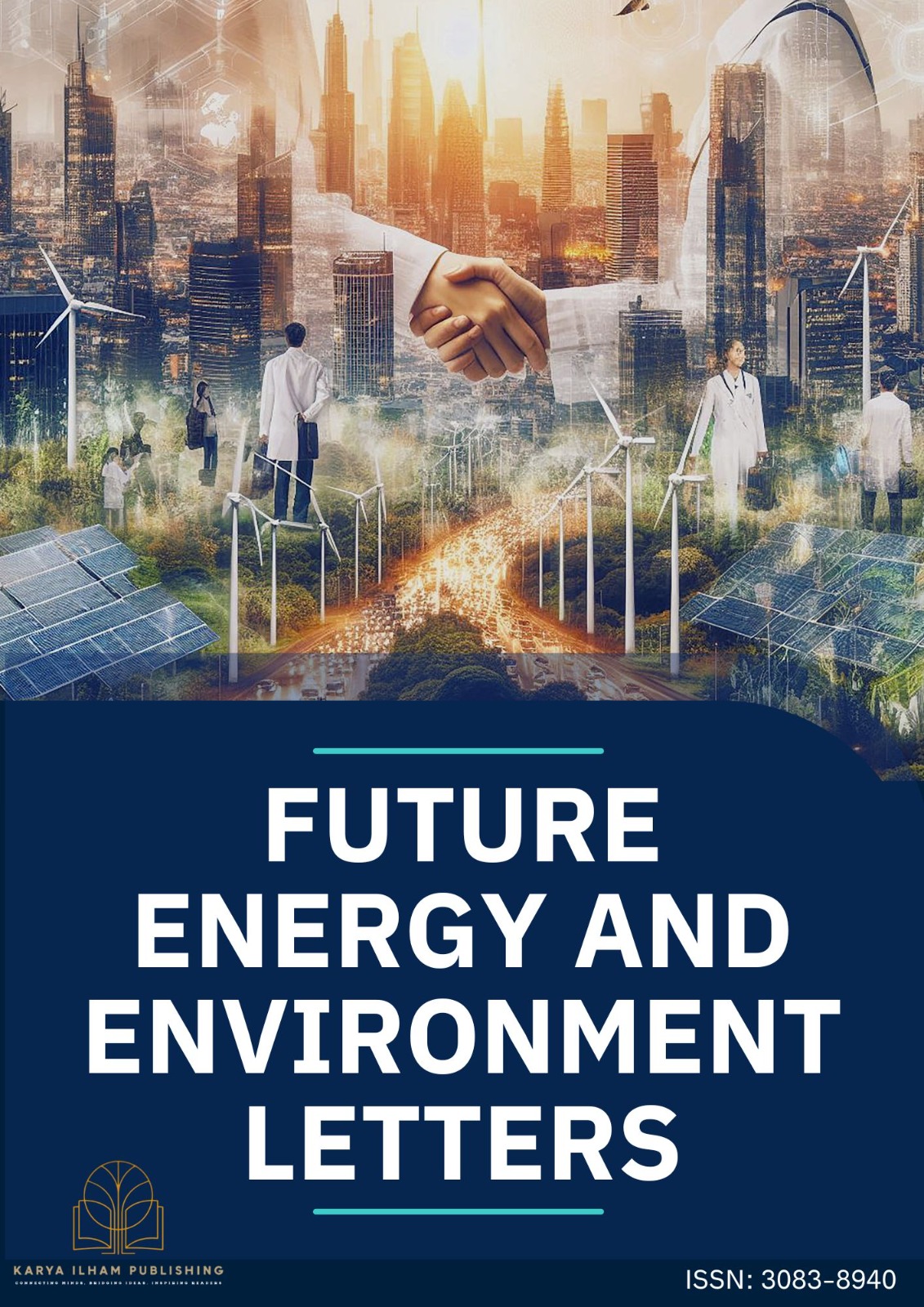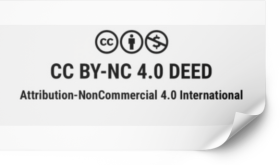Biocomposting of Organic Waste using Vertical Reactor and Active Aeration
DOI:
https://doi.org/10.37934/feel.1.1.2235Keywords:
Composting, food waste, active aeration, germination indexAbstract
Industrial development and economic growth in this country have led to a significant increase in solid waste, driven by both population growth and higher consumption of resources. Food waste constitutes about 45% of daily solid waste, exacerbating the strain on existing landfills. To mitigate these challenges, composting food waste offers a solution by reducing landfill volume, promoting the use of organic fertilizers, and improving soil quality. In this study, 3 types of composting treatments were carried out, namely Treatment 1 (T1); organic waste and sawdust, Treatment 2 (T2); organic waste, sawdust and active aeration, Treatment 3 (T3); organic waste and active aeration and one Control Treatment (C); organic waste only. All treatment were conducted for 30 days using a vertical reactor. During the composting period, physical, chemical, and biological factors, including color, texture, odor, temperature, pH, moisture content, and microbial population were monitored to compare the compost produced by the different treatments. The results showed that the highest temperature recorded was 47.50°C in Treatment T2, while pH values ranged from 6.62 to 7.25. The average moisture content in each treatment ranged from 54.40% to 73.93%, with microbial populations peaking in the first week of composting. Based on this study, the T2 treatment produced the best compost yield based on the high GI value of green beans and mustard seeds. Therefore, T2 compost can be applied as a soil conditioner and organic fertilizer to create better soil conditions for plant growth.











